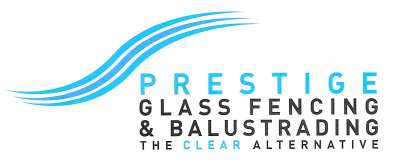Helpful Tips For Pool Maintenance.
Getting Ready for Summer
- Check the safety fences, gates and self-closing devices.
- Brush & vacuum the pool.
- Check & clean skimmer boxes, lint pots, filter, pump and equipment/accessories and ensure that they are all operating properly safely.
If there is no visible presence of algae, and the pool is sanitized by:
- Chlorine – “superchlorinate” the pool to bring it up to a concentration of free chlorine of about 10mg/L.
- Salt Water Chlorinator – “superchlorinate” with sodium hypochlorite solution or potassium monpersulphate, or check the salt level and operate the chlorinator and filter for at least 24hr.
If algae is visible in pool,
- “shock dose” the pool to ensure a concentration of free chlorine of about 10 to 15 mg/L, and then, for 2 or 3 days later add a chorine-compatible algaecide.
- Continue to brush, vacuum and adjust and monitor over 3 or 4 days, so that the water is chemically balanced, and returns to a “free chlorine” level of 1.5 – 2 mg/L
- Check that the following are within the recommended operational range:
Total Alkalinity 60 – 200 ppm, pH 7.2 – 7.6, and Calcium hardness 0 – 500 ppm. - The pool is now ready for use, and the normal routines specified by the builder can be resumed.
See the SPASA Handover Book for Domestic Pools, or SPASA Fact Sheet 1 (Water Balance), and SPASA Fact Sheet 4, (Sanitizing the Pool)
Pool Blankets
Why should you consider purchasing a pool blanket for your pool or spa?
The answer is that it will substantially increase the value and return on the investment you have made in your pool or spa by achieving the following;
- Minimise the cooling of the pool by stopping evaporation and convection heat loss. This occurs mainly during the night when the ambient air temperature drops below the temperature of the water in the pool. By creating a barrier between the water surface and the outside air, these losses are virtually eliminated.
- By keeping evaporation to a minimum, you not only save water, (approx 1.5 metres per year in the Sydney Metropolitan Area), but you also save on the cost of chemicals as you don’t have to re balance you pool after topping up. It also reduces the amount of chlorine lost to the Suns’ UV Rays.
- Blankets keep the pool cleaner – about 80% to 90% of debris is kept out of the pool. This reduces the work load of your pool cleaner. Most types of pool cleaners will work quite happily under the blanket.
- Reduces pool heating costs by up to 50%. Even the cost of running solar system pumps is saved by reducing the amount of heat loss from the pool. Effectively 90% of heat loss is from the surface of the pool. By using a blanket in conjunction with Gas, Electric or Solar heating systems, significant energy cost savings can be made.
- Extend the swimming season. Even without other forms of heating on the pool, the addition of a pool blanket can result in a temperature increase of from 6 to 8 degrees in a pool that has a sunny aspect.
Installation
When having a pool blanket fitted, be sure it fits the pool exactly, as gaps around the edges will reduce the blankets efficiency
Consideration should also be given to purchasing a roller with the pool blanket. Using a roller to remove and store the blanket makes it an easy and efficient way off adding extra value to your pool.

